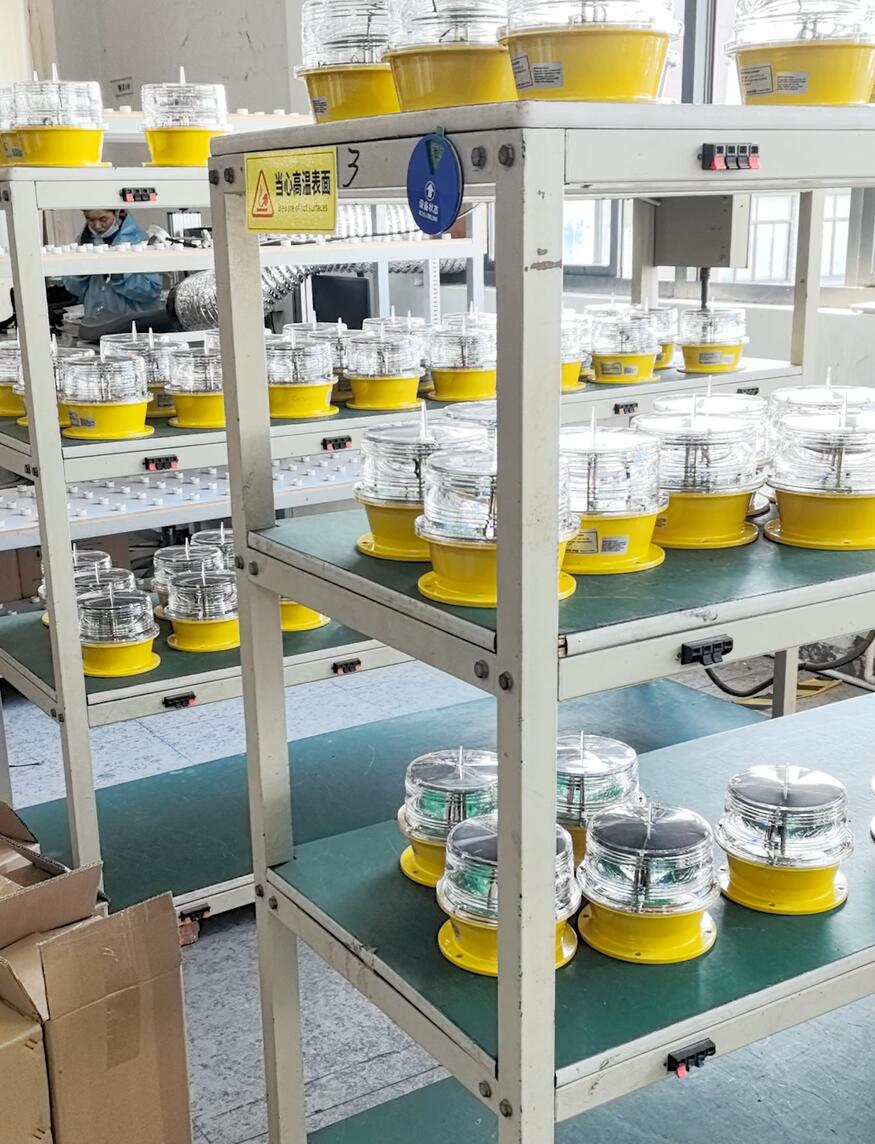
In the vast expanse of the modern world, where technology and innovation continuously reshape our lives, solar powered aviation lights are emerging as a beacon of sustainable progress. These unassuming yet crucial elements play a vital role in ensuring the safety of air travel and are a testament to humanity's ability to harness the power of nature for the greater good.
Solar powered aviation lights are a remarkable combination of two powerful forces: solar energy and aviation safety. The concept is simple yet highly effective. These lights use photovoltaic cells to capture the energy of the sun during the day and store it in batteries. At night, the stored energy is used to power the lights, providing a reliable source of illumination for aircraft. This not only reduces the reliance on traditional power sources but also offers a more environmentally friendly alternative.

One of the key advantages of solar powered aviation lights is their sustainability. As the world grapples with the challenges of climate change and the need to reduce carbon emissions, these lights offer a practical solution. By relying on solar energy, they do not contribute to greenhouse gas emissions or consume fossil fuels. This makes them an ideal choice for airports and airfields looking to reduce their environmental footprint.
In addition to their environmental benefits, solar powered aviation lights also offer significant cost savings. Traditional aviation lights often require a constant supply of electricity, which can be expensive to install and maintain. Solar powered lights, on the other hand, require minimal maintenance and have no ongoing electricity costs. This can result in significant savings over the lifetime of the lights, making them a cost-effective option for both large and small airports.
Solar Powered Aviation Lights
DE3
DE34
56T
GT6
8UJU
Another important aspect of solar powered aviation lights is their reliability. These lights are designed to withstand the harsh conditions of the aviation environment, including extreme temperatures, high winds, and rain. They are built to last and are often equipped with advanced features such as automatic dimming and flashing patterns to ensure maximum visibility. This reliability is crucial for the safety of aircraft and pilots, as it provides a consistent source of illumination even in the most challenging conditions.
The use of solar powered aviation lights is not limited to large commercial airports. They are also becoming increasingly popular at smaller airfields, private airstrips, and even in remote areas where access to traditional power sources may be limited. In these settings, solar powered lights can provide a lifeline for pilots, ensuring that they have the necessary visibility to land and take off safely.
As technology continues to advance, we can expect to see even more innovation in the field of solar powered aviation lights. For example, researchers are currently working on developing more efficient photovoltaic cells and batteries, which will further increase the performance and lifespan of these lights. Additionally, there is growing interest in integrating solar powered lights with other technologies, such as wireless communication and sensor networks, to create a more intelligent and connected aviation infrastructure.
In conclusion, solar powered aviation lights are a shining example of how innovation and sustainability can come together to improve our world. These lights offer a reliable, cost-effective, and environmentally friendly solution for ensuring the safety of air travel. As we look towards the future, it is clear that solar powered aviation lights will play an increasingly important role in shaping the aviation industry and helping us to build a more sustainable future. So, let us embrace this technology and continue to illuminate the skies with the power of the sun.